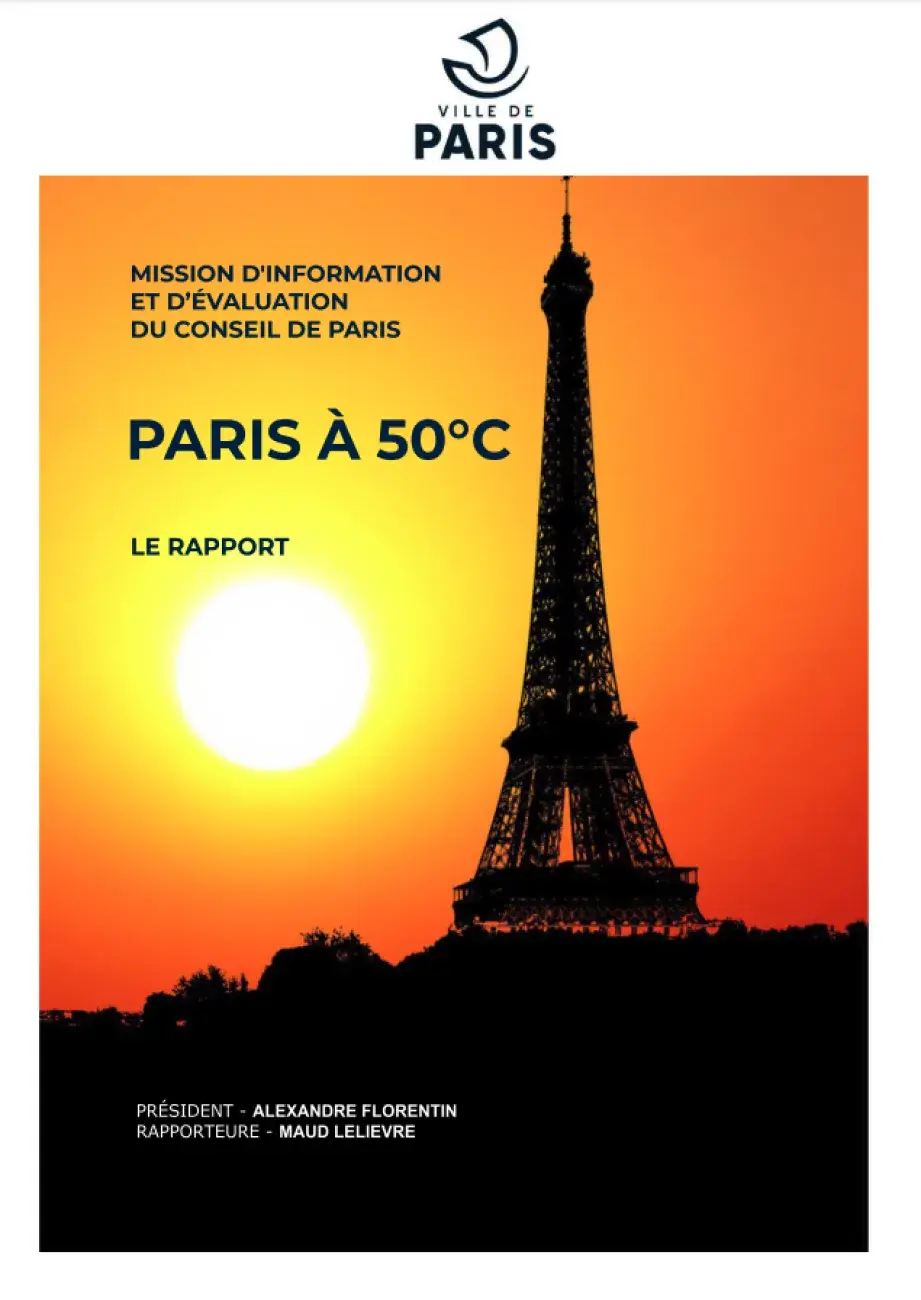Paris is preparing for heat waves of the future – with temperatures possibly as high as 50°C (122° F).

News article reviewed by Ronald A. Kingham, EDRC / Project CASA
18 August 2025
According to an article entitled "Paris Braces for a Future of Possibly Paralyzing Heat" by Catherine Porter published in the New York times, today, “Just under 15,000 people died from heat-related causes in 2003 during a heat wave that hit France that August. Many were older adults living in apartments that had zinc roofs with no insulation or air-conditioning, according to reports by national lawmakers and the national public health agency.” … “In response, the country drafted its first national heat wave plan and introduced a system of registering isolated older or disabled people, so that they could be checked on during heat waves”.
The article points to several studies highlighting Paris as one of the European capitals most at risk of devasting extreme temperatures including a 2023 study published in the London-based medical journal The Lancet entitled “Excess mortality attributed to heat and cold: a health impact assessment study in 854 cities in Europe” in which the authors estimated that across the 854 urban areas in Europe there was an annual excess of 130,228 attributed to cold and 13,589 to heat.

City announcement in Paris after the 2003 European heat wave. The message gave a free phone number for people who needs to find if a member of their family died of heat. Photo by Sebjarod licenced under the Creative Commons Attribution-Share Alike 3.0 Unported license.via Wikimedia Commons
Also cited is the 2023 report of a committee of city lawmakers, from all political parties, which examined the capital’s vulnerabilities to extreme heat waves. That report “Paris at 50°C - Information and evaluation mission of the Paris Council” (in French) points out that “ Since 2021, the Paris Frais plan has listed all the actions taken by the City to reduce the urban heat island effect and the risks it creates. Thesemeasures, accompanied by the gradual acculturation of Parisiansto heatwaves, which have become recurrent, demonstrate that public action can contribute to reducing mortality and strengthening the region's resilience in the face of more frequent, longer, and more intense heatwaves”.
Especially useful in the NYT article is information on several governmental and NGO initiatives preparing for impacts on schools, hospitals, transport and more as well as on massive tree planting in the city.
Lead photo: From the cover of the cited report: "Paris at 50°C - Information and evaluation mission of the Paris Council"